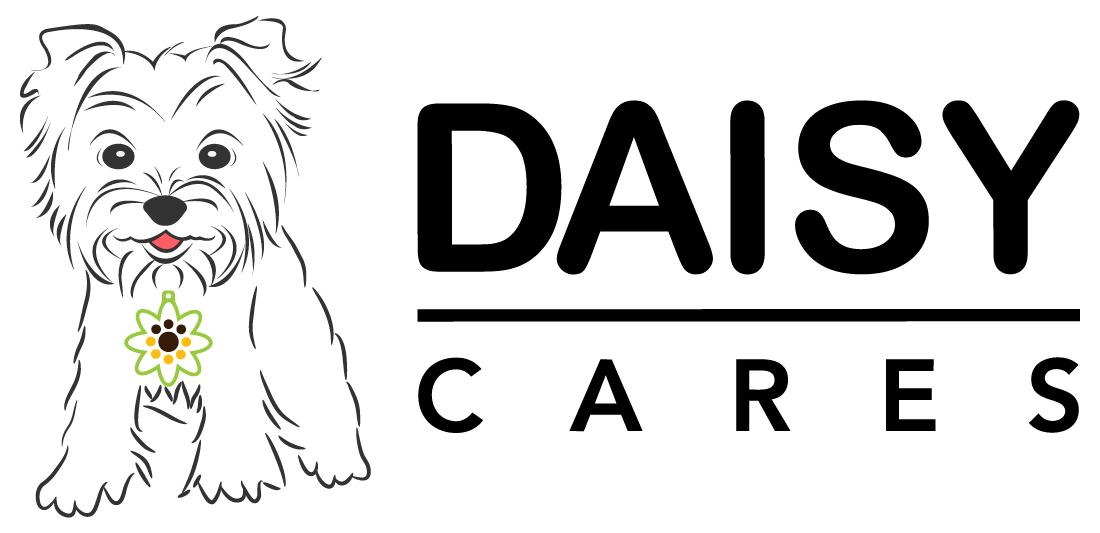 Going green is just as important for people with pets as it is for everyone else – maybe even more so when it comes to lawn fertilizers and pesticides. Choosing organic products to treat your lawns and gardens makes more sense than ever if you have pets that venture outdoors.
Going green is just as important for people with pets as it is for everyone else – maybe even more so when it comes to lawn fertilizers and pesticides. Choosing organic products to treat your lawns and gardens makes more sense than ever if you have pets that venture outdoors.
In 2009, there were 2,300 pets treated for exposure to toxic fertilizers, according to the ASPCA. Even though lawn products come with warning labels, people tend to ignore them and simply treat their lawns without giving a second thought to their pets. The level of toxicity in these products is implied with the words ‘Caution,’ indicating a slight toxicity; ‘Warning,’ moderately toxic; and ‘Danger,’ which clearly means there is a high toxicity level in the fertilizer. Yet people continue to spread the toxins across their lawns, with no regard to the effect it could have on their furry friends.
While non-organic fertilizers are bad, pesticides are even worse. Be especially cautious when using pesticides containing disulfoton, disyston, metaldehyde and/or zinc phosphide.
WHAT ARE THE SYMPTOMS?
Even if you are diligent in keeping your pet away from these toxins, there is still a chance of exposure in a neighbor’s lush, green lawn, and exposure can happen through ingestion, skin absorption or inhalation. If there is any way your pet has been exposed to chemical fertilizers, here is what you need to look for:
- Gastric upset
- Gastrointestinal obstruction
- Hyper salivation (excessive drooling)
If your dog or cat may have come in contact with
a chemical pesticide, the following symptoms could signal trouble after a few days, or even months:
- Collapse
- Diarrhea
- Difficulty breathing
- Irritability
- Lack of appetite
- Lethargy
- Seizures
- Twitching
Unfortunately, there are also long-term affects to toxic exposure, such as birth defects, cancer, immune suppression, liver problems and skeletal problems.
Any of these symptoms warrants a call to your veterinarian … immediately! Do not wait to see if your pet gets better or worse. Seek help right away.
WHAT CAN YOU DO?
If you, or a neighbor, has spread fertilizer or applied pesticides to the yard, keep your pets off the lawn until it is completely dry! It is always a good idea to wet the area down and let it dry before allowing your dog or cat out to play.
The best thing to do is always look for ‘Pet Safe’ labeling and to stick to organic products containing bone meal, dried blood, kelp and/or seaweed.
A beautiful lawn may be the envy of the neighborhood, but nothing beats having a happy, healthy pet!


Leave A Comment